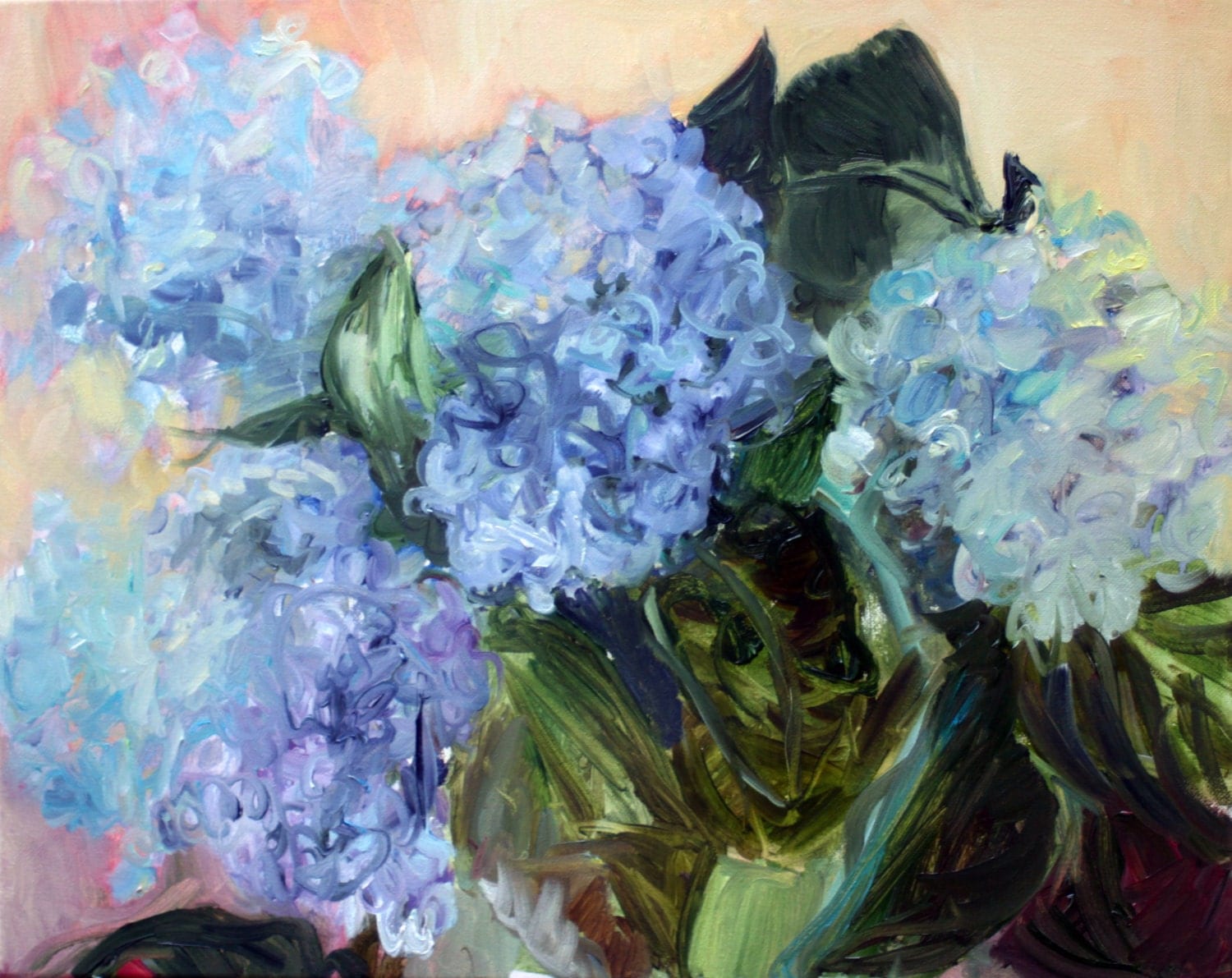Hydrangea (/ha?'dre?nd?i?/;common brands hydrangea or hortensia) is a genus of 70-75 varieties of flowering vegetation indigenous to southern and eastern Asia (China, Japan, Korea, the Himalayas, and Indonesia) and the Americas. By far the greatest varieties diversity is within eastern Asia, notably China, Japan, and Korea. Most are shrubs 1 to 3 meters large, but some are small trees, and others lianas getting up to 30 m (98 ft) by climbing up trees and shrubs. They can be either evergreen or deciduous, although cultivated temperate species are all deciduous broadly.Having been introduced to the Azores, H. macrophylla is quite typical now, on Faial particularly, which is known as the "blue island" due to the vast number of hydrangeas present on the island.Life cycleHydrangea plants are produced from early spring to late fall months; they develop in flowerheads (corymbs or panicles) frequently at the ends of the stems.
Usually the flowerheads contain two types of blooms: small non-showy blooms in the guts or interior of the flowerhead, and large, showy blossoms with large vibrant sepals (tepals). These showy flowers are extended in a band often, or to the surface of the tiny flowers. Crops in untamed populations have few to nothing of the showy blossoms typically, while cultivated hydrangeas have been preferred and bred to have more of the bigger type bouquets.There are two flower arrangements in hydrangeas with Corymb style inflorescens, which include the commonly grown "bigleaf hydrangea"--Hydrangea macrophylla. Mophead blooms are large circular flowerheads resembling pom-poms or, as the name signifies, the relative head of an mop. On the other hand, lacecap flowers bear round, flat flowerheads with a center core of subdued, small flowers bounded by outer jewelry of much larger flowers having showy tepals or sepals.
The blooms of some rhododendrons and viburnums can look, initially, similar to those of some hydrangeas.Soil and colors acidityIn most varieties the plants are white, however in some species (notably H. macrophylla), can be blue, red, red, light crimson, or dark crimson. In these species the color is afflicted by the occurrence of light weight aluminum ions which are available or tangled up depending upon the land pH. For H. h and macrophylla. serrata cultivars, the flower color can be determined by the relative acidity of the soil: an acidic soil (pH below 7), will supply aluminum ions and typically produce flowers that are blue to purple, whereas an alkaline soil (pH above 7) will tie up aluminum ions and lead to pink or red flowers.
This is caused by a color change of the blossom pigments in the presence of aluminium ions which may be taken up into hyperaccumulating vegetation.[6] Bringing down the pH of potting soils or mixes usually does not change the rose color to blue, because these soils have no aluminum ions. The capability to blue or green a hydrangea is inspired by the cultivar also. Some plants are selected because of their ability to be blued, while some are bred and selected to be red, white or pink. The flower color of most other Hydrangea species is not damaged by aluminum and cannot be changed or shifted. Hydrangeas also have a nickname called 'Change Rose'.
Hydrangea Original Oil Painting Purple Hortensia Garden Flowers
Oil Painting Hydrangeas Floral. $75.00, via Etsy.
Blue and Purple Hydrangeas Oil Painting by satoui on Etsy

oil painting: Pink Hydrangea Study, floral. flowers, pink, hydrangea

Tidak ada komentar:
Posting Komentar